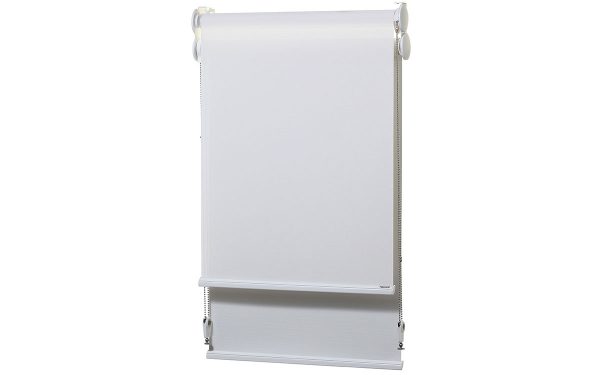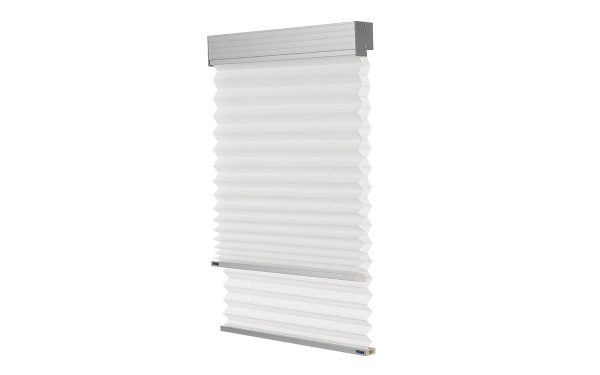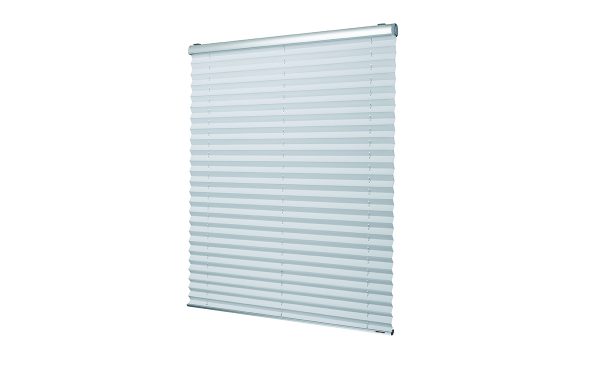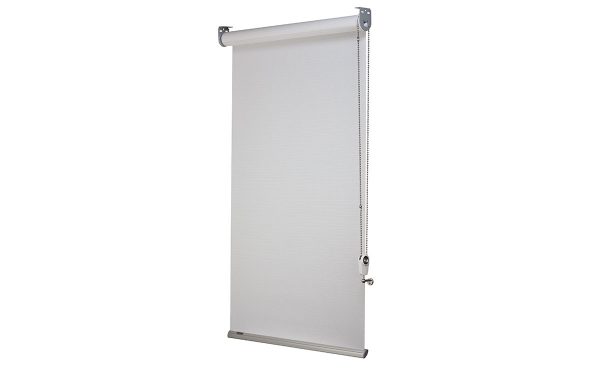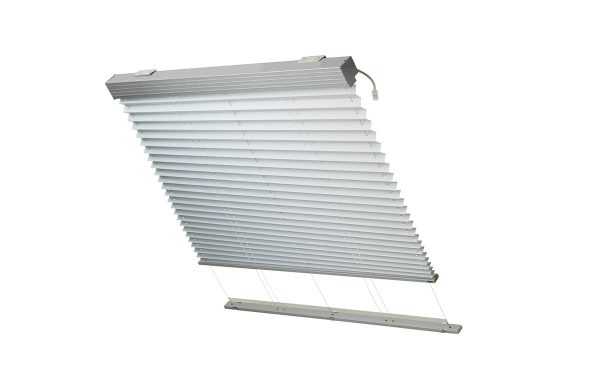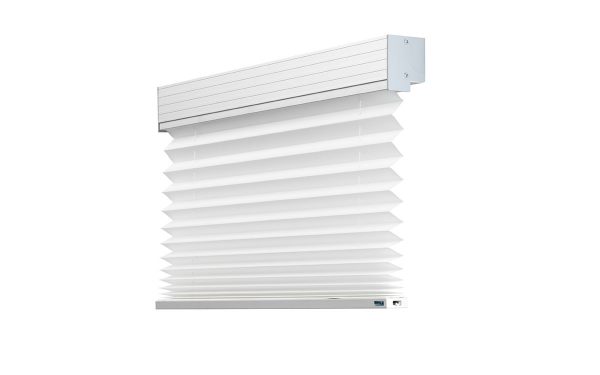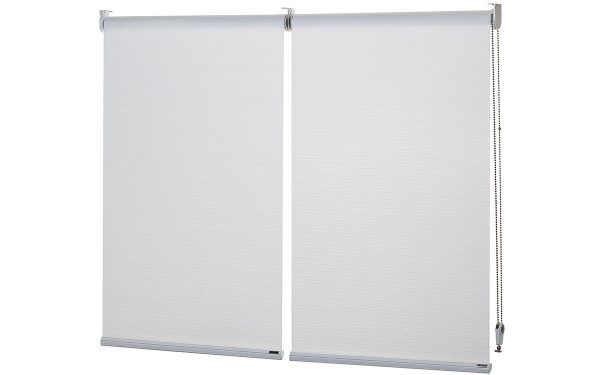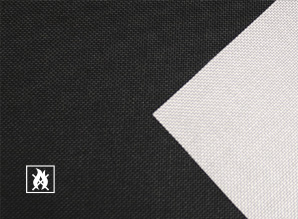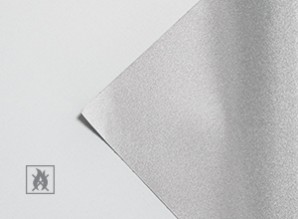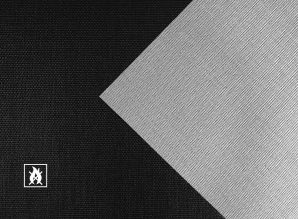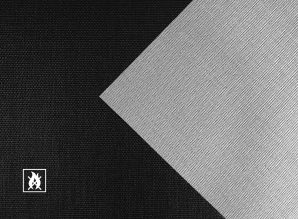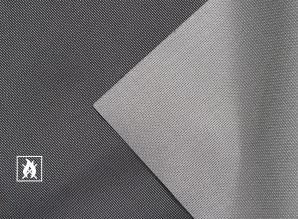Automated Shade – the why and the how
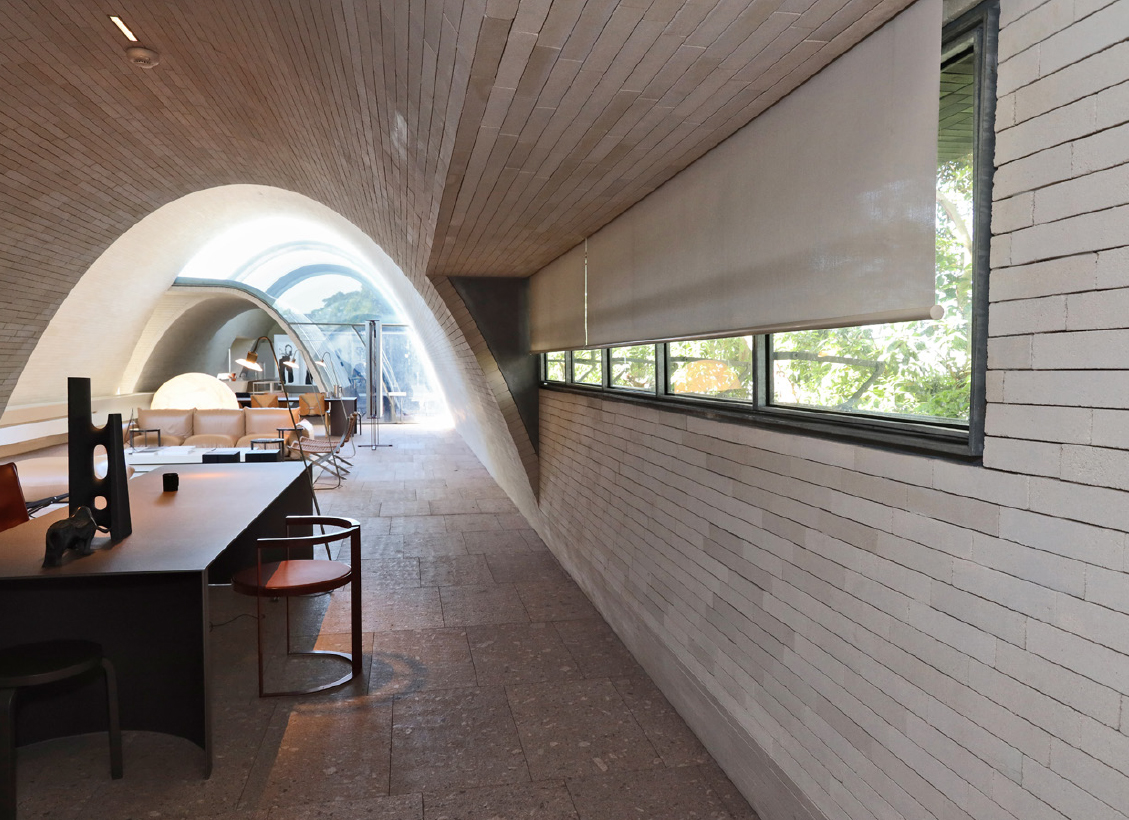
If the history of technology has taught us anything it’s that automation is a force to be reckoned with.
At some undefined point in the second half of the 20th Century, it became apparent that most procedures, tasks, and processes that could viably be automated, eventually would be. Things that used to be manual – like dishwashing, changing television channels, opening garage doors, and even flying a plane or driving a car – are
now either fully automated or heading in that direction.
The same is surely true for shading systems. While automated blinds and curtains have actually been available for more than 50 years, up until recently they were reserved for commercial and high-end residential applications. However, things have changed and the time for the widespread uptake of automated blinds and curtains has arrived. The advent of the digital age, combined with the benefits associated with the latest generation of automated products – including those related to safety, sustainability, and more – point to the conclusion that many types of manual window coverings are on the way out.
Whitepaper Details
Automated shade – the why and the how
Beginning by examining the benefits of automated shading systems, this whitepaper goes on to explain the best ways to incorporate them into projects. It outlines which types of window treatments are suitable for motorisation, the variables associated with motor selection and placement, and why matching the best performance fabrics with the right automation system is the key to performance maximisation, improved thermal efficiency, and sustainability.
Most types of windows and blinds can be automated. In terms of internal systems, suitable products include roller blinds, pleated blinds, curtains, roman blinds, and venetian blinds.
The benefits of automated window coverings are many. Perhaps the most significant is improved safety. As we shall see, the cords and chains associated with manual blinds and curtains are a safety risk, particularly for young children.
Another benefit is convenience. With an automated system installed, users can adjust their blinds and curtains with the tap of a device or a simple voice command. Moreover, in applications where the window coverings are integrated with a Building Management System (BMS), no effort at all is required.
Another key benefit is sustainability. Specified thoughtfully, automated window coverings utilising performance fabrics can elevate efficiency – and therefore also light, glare, and heat control – to a new level. In turn, this type of precise control and operation translates to less need for air conditioning and heating, reduced energy usage and reduced carbon footprints.
The best way to maximise the thermal performance and efficiency of these window coverings is by automating them and pairing them with performance fabrics, some of which have been shown to reduce heat gain by up to 85%.vi In this way, automated systems are able to ensure shading is provided where and when it is required, without human intervention, while at the same time, the material from which the window coverings are made ensures they do the job as effectively as possible.
Download the White paper to see why Verosol has the expertise to guide its clients through the various motorisation, automation options and regulatory requirements, to deliver optimised solutions that are reliable and fit for purpose.
